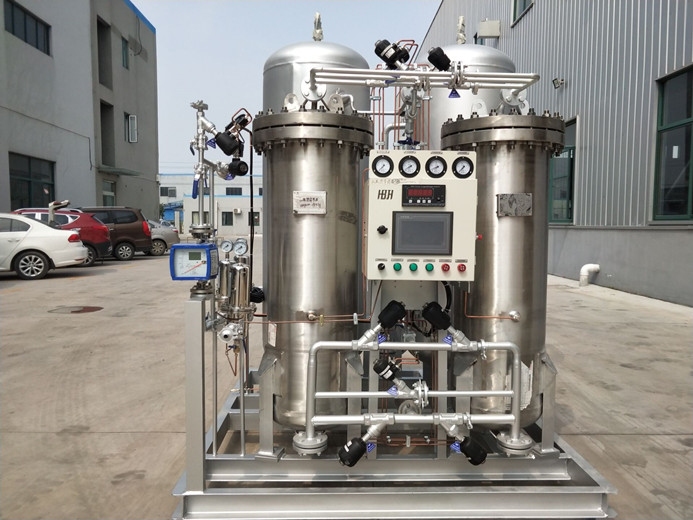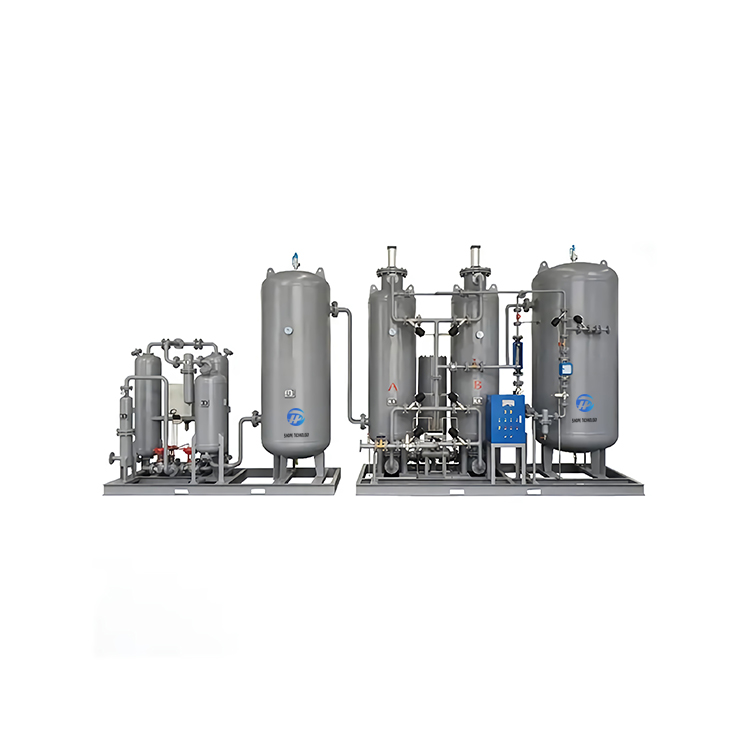In Uganda, six-month-old Constance suffers from a cough, a growing fever and difficulty breathing. Her parents immediately rush her to the hospital where she is diagnosed with pneumonia since there are insufficient levels of oxygen in her blood. She is immediately started on antibiotics and hooked up to oxygen.
Only a few months earlier, oxygen was in short supply at the hospital due to crumbling infrastructure, without the ability to support an increasing number of pneumonia cases in children. But with a new plant set up at the hospital, Constance and hundreds of other children have received the care they require. Integrated panel ozone generator

"Without oxygen, the brain won't function. Before, when we did not have a reliable source of oxygen, children would die from severe pneumonia."
In Cambodia, two-year-old Rothana is restless. Like any healthy toddler, he keeps running away from his bed to the children’s library at the hospital, grabbing picture books. His parents are delighted with his energy. Just 24 hours earlier they ran through the doors of this same hospital in distress, crying, “please help my child!” Given that Rothana’s temperature had soared to over 40 degrees Celsius and he was struggling to breathe, nurses came running, fearing the worst.
Rothana was diagnosed with potential pneumonia and immediately hooked up to oxygen, piped directly from the new plant installed in their hospital just two months earlier. At the same time, they administered antibiotics. Within one hour, Rothana was breathing easily again thanks to the oxygen and the treatment, while his temperature dropped considerably.
“Seeing him not being able to breathe was so frightening. But now we will be taking him home well again.”
Both had rapid access to oxygen, an essential medicine for treating children suffering from the deadliest infectious disease for children. Pneumonia kills 2,000 children under the age of five each day globally, at least one child every 45 seconds. Every year, over 7 million children under the age of five in low- and middle-income countries require oxygen as part of their treatment to survive.
Just a few months earlier, the therapeutic gas was far from reach since both Rothana and Constance live in areas where access to quality health care is challenging, a key reason so many children die each year from pneumonia-related deaths.
The COVID-19 pandemic exposed massive gaps in oxygen availability at a global level. UNICEF recognized the gaps and worked to drive solutions that would quickly deliver large-scale systems to address the pandemic and underlying health systems gaps. Scaling the production of oxygen at hospitals and health facilities in low-resource and poor-infrastructure environments like Rothana’s and Constance’s homes is complex, and UNICEF addressed the challenge through the Oxygen Plant-in-a-Box project.
It’s an all-in-one solution to produce large volumes of medical oxygen. It involves the delivery and installation of a fully functional Pressure Swing Absorption Plant. Countries can choose between several different options in terms of production capacity as well as whether to be delivered as a containerized option or installed in a dedicated space in a facility.
The package includes essential equipment for setting up the plant, such as an air compressor, oxygen generator, oxygen tank, oxygen cylinders, trolleys for ferrying oxygen, and a power stabilizer. It also includes accessories supplied in the appropriate quantities, the installation of equipment through qualified local suppliers, pre-planned maintenance services and initial staff training for operating the plant.
Easily procured and rapidly deployed, these plants can be operational within days of arriving at a facility if the site is adequately prepared.
As of the end of 2022, more than 110 of these innovations have been procured for 34 countries, delivery and installation are well underway and will continue through 2023.
It means Rothana and Constance’s family can watch their children experience childhood, play with friends, go to school and grow into adults. It means hundreds of thousands of other children will have access to oxygen near Rothana and Constance’s home. In fact, the new plant near Constance’s home, at Kayunga Regional Referral Hospital, covers an area of 2.8 million people while the plant near Rothana’s home, at 16 Makara Provincial Hospital, covers an area with a population of 300,000 people.
In the set of photos below, learn how UNICEF investments in oxygen plants are bringing an essential commodity to those who need it most.
World Pneumonia Day is an opportunity to celebrate the achievements made in bringing oxygen closer to children suffering from pneumonia and many other patients of all ages in need – be it through the 110 new Plants-in-a-Box; the tens of thousands of concentrators, innovative pulse oximeters and other essential oxygen equipment delivered to hundreds of countries; the efforts to innovate a new resilient oxygen concentrator and planning tool, a software with E-learning programme to help governments and development actors better plan for oxygen needs; and the hundreds of countries and partners boosting investments in building systems to provide sustainable solutions.
In Uganda, UNICEF and the government will be introducing a total of six Oxygen Plants-in-a-Box, with three already installed, to cover the needs of approximately 15 million people, over 30 per cent of the country's population. In Cambodia, UNICEF and the government's efforts will cover the entire population of 16 million people via 25 oxygen plants, one for each region, with 18 plants already installed.
And the work continues because pneumonia remains the biggest infectious killer of children. Local and sustainable solutions will be found that work with each unique environment. And the work continues to ensure further investments in new oxygen plants while also ensuring that those plants already installed are maintained and powered, considering the substantial energy requirements.
UNICEF urges governments and partners to keep up the momentum of investing in uninterrupted and sustainable access to oxygen.
The Oxygen Plant-in-a-Box package includes everything needed to produce large volumes of oxygen. Plants can be operational within days of arriving.
UNICEF, supported by USAID, has installed an oxygen plant in a Preah Vihear Hospita to treat patients with pneumonia, COVID and other respiratory diseases
UNICEF worked with industry to rapidly develop an innovative – and life-saving – emergency solution, the Oxygen Plant-in-a-Box.

Home Air Purifier Cleaner UNICEF has developed an innovative Oxygen Plant-in-a Box package in response to COVID-19 to help countries increase their oxygen producing capacities